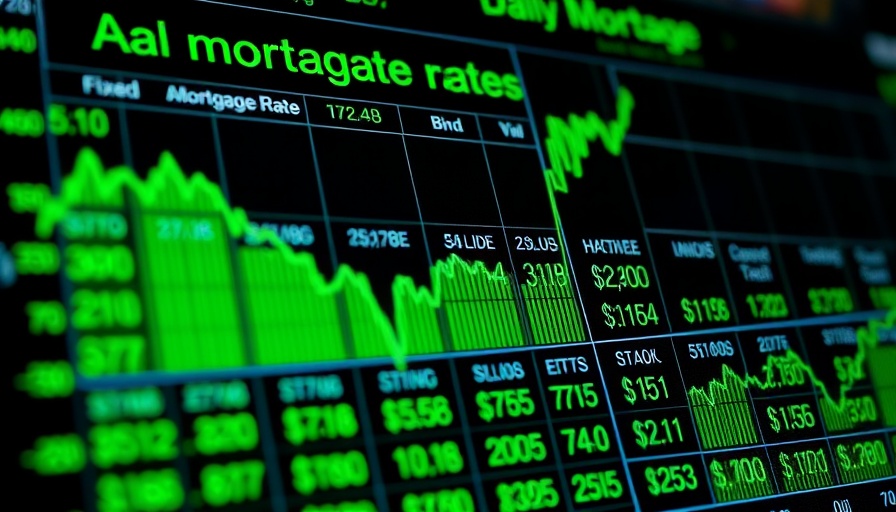
Understanding the Current Bond Market: A Quick Overview
In today’s financial landscape, staying informed about the bond market is crucial for investors. Recently, events surrounding former President Trump’s speculation about potentially firing Federal Reserve Chair Jerome Powell made waves in the markets. The bond market reacted swiftly, showcasing how intertwined political headlines and economic indicators are in affecting financial strategies.
The Impact of Political Headlines on Bonds
When Trump’s initial comments led to concerns about Powell's position, many investors reacted by reallocating their strategies. This is not surprising; markets are often sensitive to perceived threats to financial leadership and stability. The outcome? A spike in trading volume reminiscent of tariff announcements in previous years. In finance, signals of instability, even unfounded ones, can prompt immediate shifts in investor confidence and decision-making.
Short-Term vs. Long-Term Bonds: What’s Happening?
The key takeaway from these movements is reflected in the shifts of bond yields—specifically the two-year Treasuries compared to those with ten-year maturity. The slight rise in yields for longer-term bonds indicates a cautious approach from traders who now prefer the safety of shorter-term alternatives. This indicative behavior signals a broader concern about inflation and the dollar's confidence in the global market.
What Do These Trends Mean for Everyday Investors?
Understanding these market trends is essential for everyday investors and those involved in personal finance. A higher preference for short-term bonds can signal that investors expect more volatility in the finance world. For individuals with investments tied to long-term returns, this could mean reassessing their portfolios and considering strategies that can offset these risks.
Key Economic Indicators to Keep an Eye On
Analysts also highlighted the recent data from the Core Producer Price Index (PPI). While expectations had forecasted inflation growth, the reported figures provide an indication of lower growth than anticipated. Quotes like these influence market movements, and a keen eye on such data can help investors forecast market reactions more accurately.
Potential Future Trends: Navigating an Uncertain Landscape
As investors look to the future, they should remain aware that political climates and economic indicators significantly influence market moves. The upcoming months might see volatility, and sound investment strategies will become more necessary than ever. Investors are encouraged to balance their portfolios with a mixture of assets to hedge against unforeseen market shifts.
Final Thoughts: Discerning the Market Pulse
The intersection of politics and economics reiterates that investments should be made with a full understanding of the ever-changing landscape. Adapting to market conditions involves not just purchasing specific bonds but also comprehending the underlying issues shaping the broader financial ecosystem. By staying informed, investors can position themselves strategically to navigate this uncertainty.
For readers looking to enhance their investment strategies and personal finance knowledge, it's crucial to pay attention to both economic indicators and political news. Understanding this intricate relationship allows for better decision-making in personal finance.
 Add Row
Add Row  Add
Add 




Write A Comment